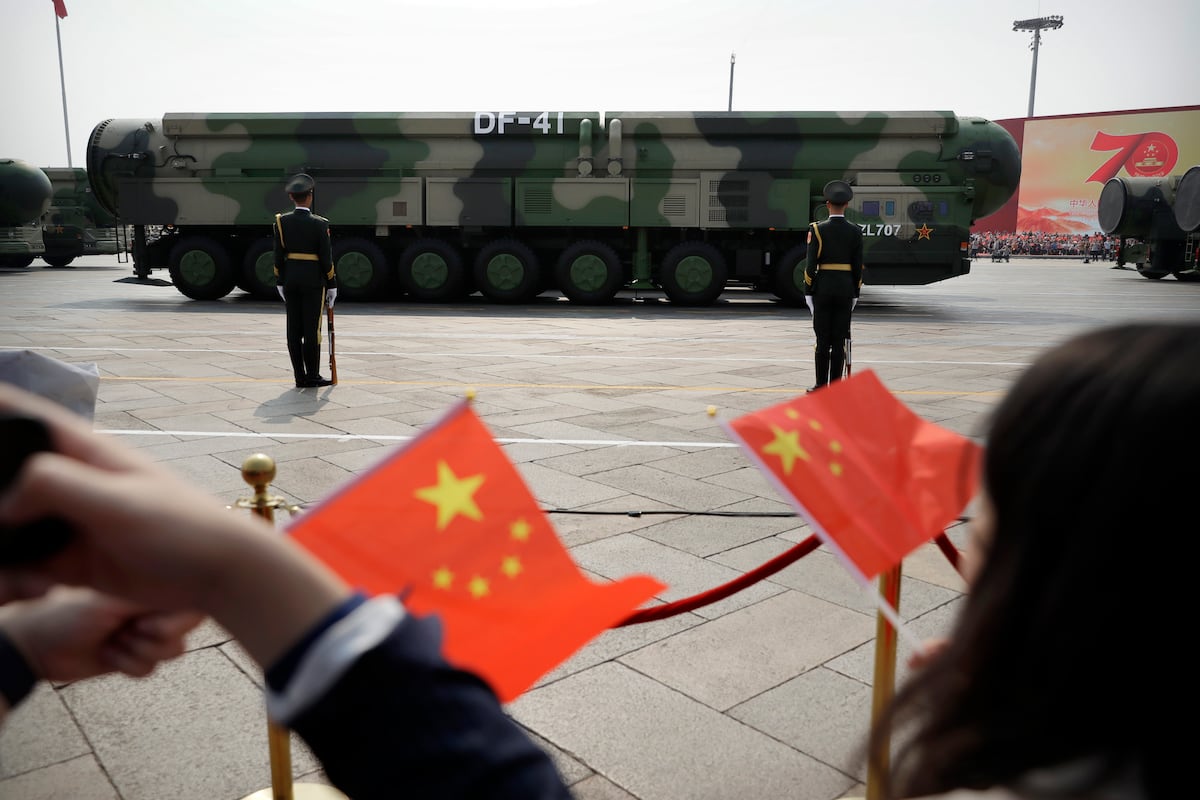Increased U.S. Naval Presence in the Caribbean
The USS Gerald R. Ford Carrier Strike Group (CSG-12), spearheaded by the aircraft carrier USS Gerald R. Ford (CVN 78), is set for imminent deployment to the Caribbean region, under the jurisdiction of U.S. Southern Command (USSOUTHCOM). This strategic move signifies a substantial augmentation of U.S. military capabilities in the area.
Confirmation of Deployment
On October 24, the Department of Defense officially confirmed that Secretary of Defense Pete Hegseth directed the Ford and its accompanying guided-missile destroyers (DDGs) to join a developing fleet of U.S. Navy vessels engaged in counter-narcotics initiatives and broader national security operations.
Enhancing Regional Stability
The Pentagon articulated that this strengthened military presence aims to:
- Boost U.S. Operational Capacity: The deployment will enhance the ability to detect, monitor, and disrupt illicit activities that threaten U.S. homeland security.
- Focus on Drug Trafficking: Resources will be allocated to impede drug trafficking organizations (DTOs) and dismantle transnational criminal networks (TCOs).
This commitment to disrupting narcotics operations reflects ongoing U.S. efforts to combat trafficking, which have included aerial and naval strikes on vessels involved in illicit activities across the Caribbean and Eastern Pacific.
Tactical Concentration in the Caribbean
The Caribbean has become a focal point for U.S. naval力量, with increased deployment of naval assets, including a third DDG, as noted by Admiral Daryl Caudle, Chief of Naval Operations. He emphasized the navy’s critical role in safeguarding American interests.
Future Operations and Implications
As U.S. naval forces escalate their presence in the region, military and strategic analysts will be monitoring operational outcomes. The objectives are clear: to enhance maritime security and ensure the stability of the Western Hemisphere through a robust and prepared naval stance.
This deployment not only exemplifies the U.S. commitment to combating regional threats but also reinforces its strategic posture in safeguarding national interests and allied partnerships in a dynamic geopolitical landscape.





